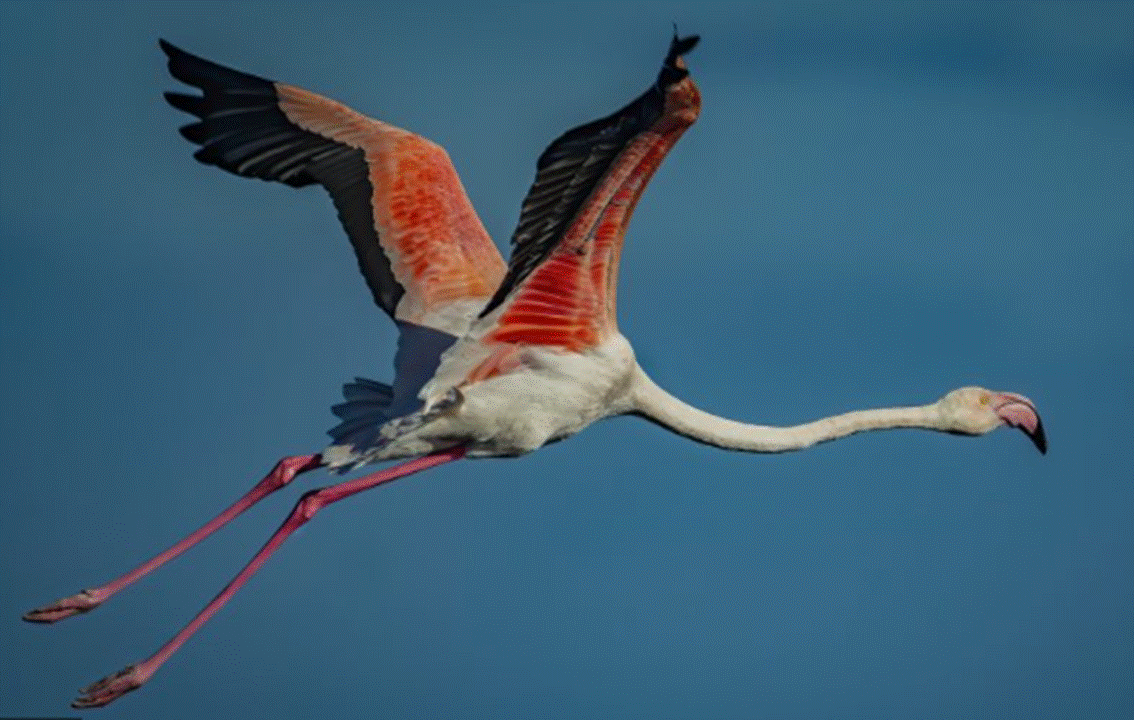
THE FLAMINGOS OF THE CYPRUS SALT LAKES
AN ANNUAL VISIT FROM A MAJESTIC BIRD
As winter approaches, the salt lakes of Cyprus once again brace for the arrival of the flamingoes. These birds are one of the most beautiful pink and white feathered sensations to grace the skies. The Greater Flamingo, with its slendour tall body and jet black beak is perhaps the island’s most poignant visitor every winter. Arriving in droves, these birds continue to attract crowds of people to the island’s salt lakes every year. Several bird enthusiasts also visit these areas to see, document and photograph the majestic birds in all of their splendour.
A WINTER VISIT
One of the most spectacular events in the bird migration calendar, is the annual winter stop over of the Greater Flamingo. Winter sees thousands of migrating birds visit Cypriot shores creating a most favourable time for both nature lovers and bird watchers on the island. These birds mainly congregate around the salt lakes of Larnaca, but are also found at the Akrotiri, Oroklini and Paralimni Salt Lakes.
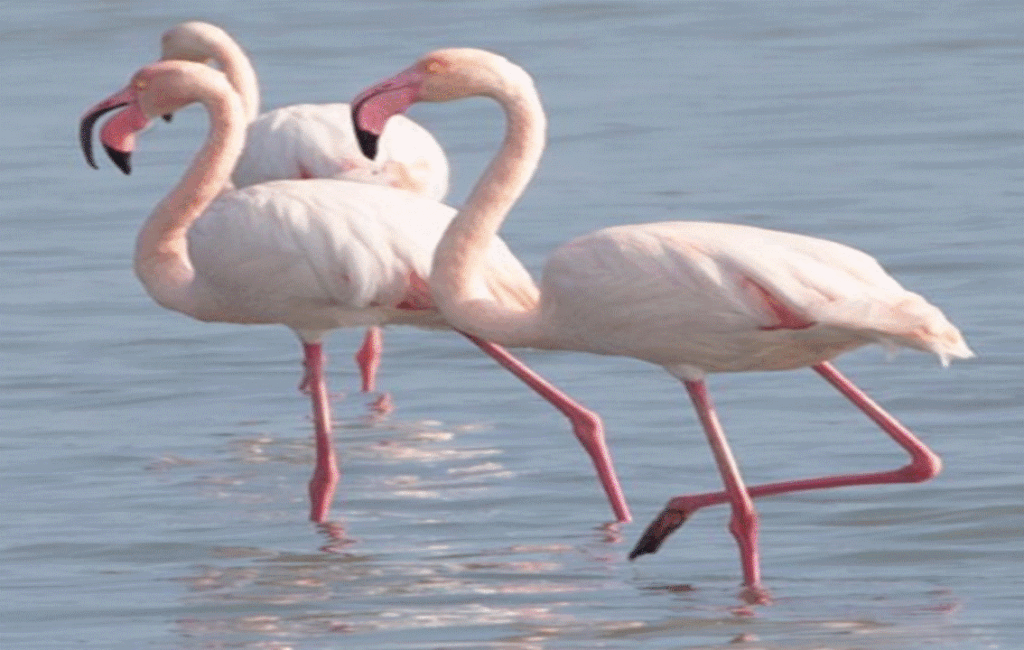

A MIGRATIONARY CYCLE
The Greater Flamingo is mainly found in northern coastal and sub-Saharan Africa. They can also be found in the Indian sub-continent, all over the Middle East, and the Mediterranean countries of Southern Europe. Cyprus is part of the North African bird’s migratory cycle. These birds generally arrive in Cyprus as early as November. They have been known to spend up to 5 months on the island and they mainly spend their time on the extensive mud flats of the salt lakes, where they live, feed and breed.
THE BIG COUNT
The flamingos numbers on the island tend to peak in January. This time marks the annual counting of the birds. On average, roughly 10,000 to 15,000 flamingos stop on the island. The frequent flyers normally travel from salt lake to salt lake, finding safety in numbers. They live, feed and breed in large groups, and this helps protect individual birds from predators while their heads are down feeding. The bird uses its webbed feet to stir up the mud, then sucks water through its adapted black-tipped bill. They filter out small pink shrimp-like crustaceans, seeds, algae, microscopic organisms, plankton, tiny fish, fly larvae and molluscs.
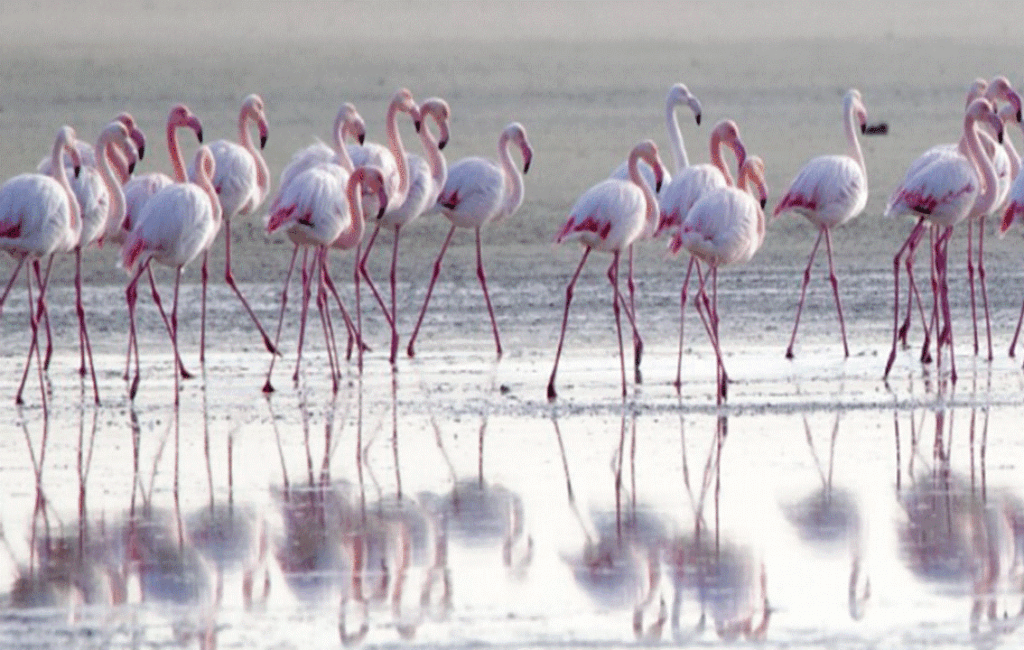
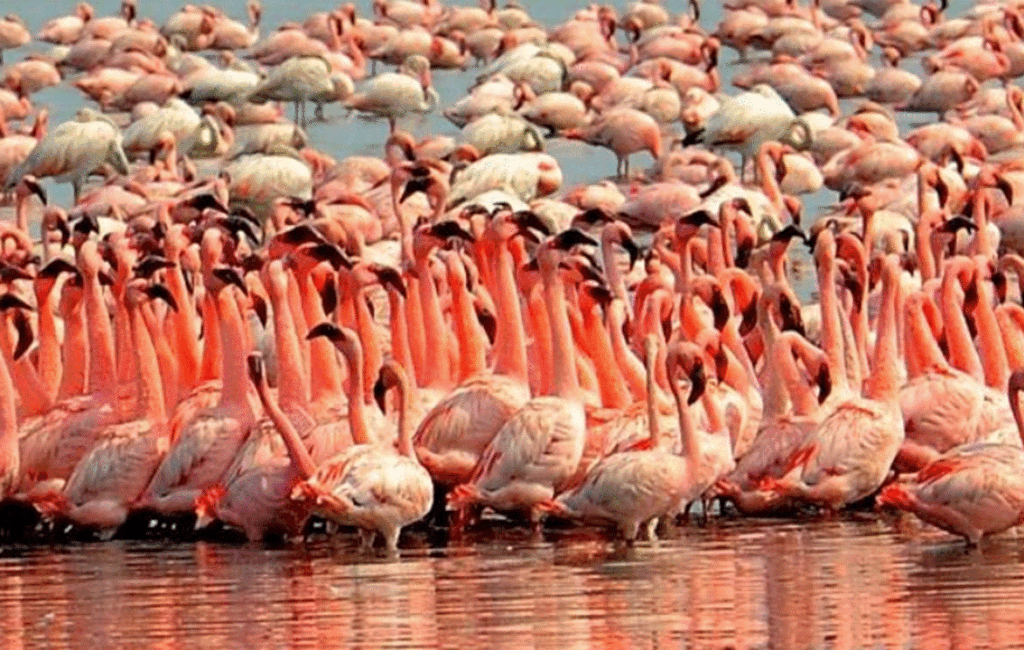
PINK IN COLOUR
Most of the plumage of an adult Greater Flamingo is pink and white, but the wing coverts are red. The primary and secondary flight feathers are usually black and the bill is pink with a restricted black tip. Their legs are usually entirely pink. The Greater Flamingo’s offspring are born grey and white and they usually retain these colours for up to two years. The excessive amount of pink shrimp like crustaceans is responsible for the flamingo’s flamboyant pink color in adult life.

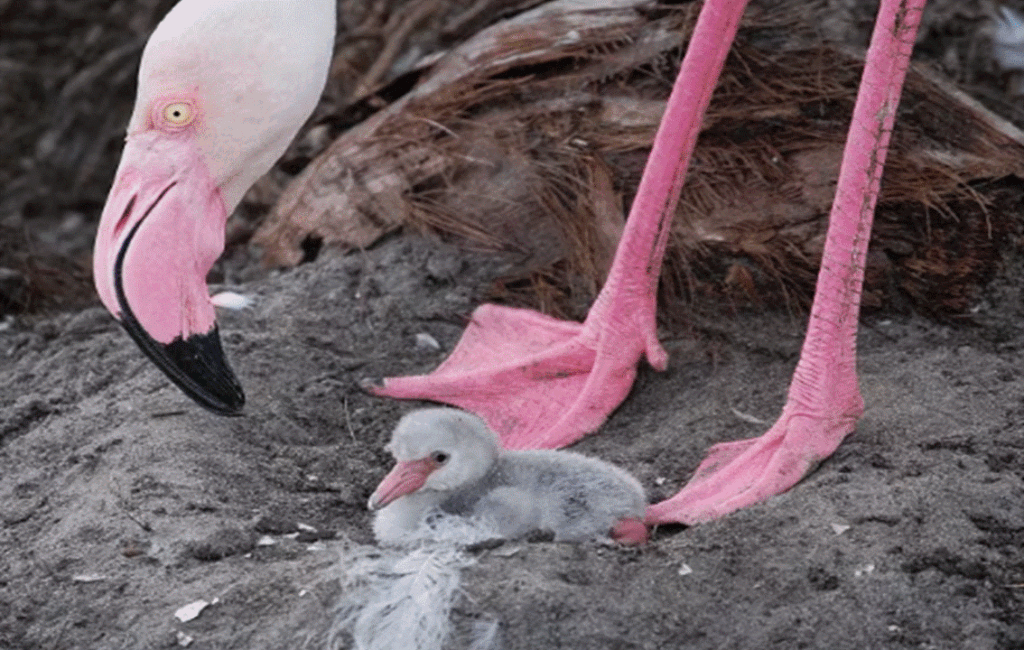
A SINGLE EGG
During the breeding season, Greater Flamingos attract mates by releasing a chemical. This chemical enhances the colour of their plumage, attracting potential mates. A short courting period resulting in mating then takes place. A single egg is usually laid and this is typically perched on the summit of a mud mound. Several other birds hunt flamingo eggs, so both the male and female take turns to incubate it. After the chick is born, both continue to rear the chick, offering further protection.
GREATER FLAMINGO FACTS
The Greater Flamingo is the largest living species of flamingo. It has no sub-species, so is therefore monotypic. Their call is likened to that of a goose-like honking. The Greater Flamingo is the most widespread and largest species of the flamingo family. The bird’s natural habitat is warm, watery regions and they tend to favour estuaries and saline or alkaline lakes. A Greater Flamingo can be described as a tall, pink bird with a long, lean, curved neck. These flamingos are fluid swimmers and their slender bodies allow them to fly with grace and elegance for great distances. The typical lifespan of a Greater Flamingo in the wild, is between 30 and 40 years. These majestic birds have few natural predators, so their primary threat is bacteria, toxins, and water pollution. The famous pink birds measure between 40 and 60 inches tall and weigh on average between two to four kilos.
THE FLAMINGO POPULATION IN CYPRUS IS PLUMMETING
A DRASTIC DECLINE IN NUMBERS
Recent recorded numbers of the greater flamingo has enforced the drastic decline of the majestic bird’s numbers on the island compared to previous decades. Numbers once peaked at 13,000 every year, but since then, these numbers have seen a decline each year. The bird’s numbers now regularly reach the hundreds instead of the thousands that the island once received. This is enforced by the fact that the Akrotiri Salt Lake in January 2025 only saw 30 greater flamingos grace its wetlands.
SEVERE WETLAND DEGRGATION
Experts claim that this sharp drop is an indication of severe wetland degradation. Akrotiri Salt Lake is a Ramsar-designated site of international ecological importance. It serves as a crucial wintering ground for several water birds. Its degradation, not only threatens local wildlife but also raises concerns about the long-term viability of one of the region’s most significant wetland ecosystems. Unusual water inflows detected in the northern part of the lake have indicated signs of foreign pollutants. Investigations are currently underway to determine the source of these inflows and assess their impact on the broader ecosystem.
ENVIRONMENTAL PRESSURES
Several other potential causes for the decline in flamingo numbers are also apparent. Environmental pressures in the Eastern Mediterranean and the ongoing effects of climate change are believed to have also affected the wetlands. As well as this, habitat changes due to increased development have also adversely affected the immediate natural area. There has also been a decrease in plankton levels, affecting the bird’s food supply.
AN ONGOING INVESTIGATION
Cypriot authorities and the British Bases on the island have started an investigation regarding the pollution sources. Once identified, they intend to take immediate action to mitigate the damage, whilst working toward restoring the wetland.
